Plants never thrive when they are potbound
Ohiofem 6a/5b Southwest Ohio
11 years ago
Related Stories
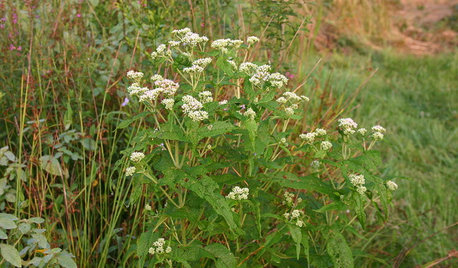
GARDENING GUIDESGreat Design Plant: Common Boneset Helps Good Bugs Thrive
Support bees, moths and butterflies with the nectar of this low-maintenance, versatile and tactile prairie-style plant
Full Story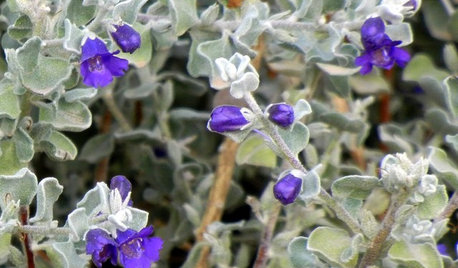
GARDENING GUIDESGreat Design Plant: Violet Silverleaf Thrives on Scant Water
Purple flowers transform silvery, sun-loving Leucophyllum candidum, while its easy care may change your gardening routine
Full Story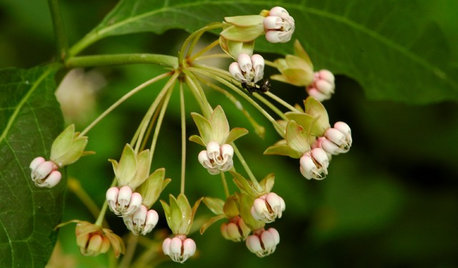
GARDENING GUIDES5 Unsung Wildflowers That Thrive in Dry Shade
Turn shady problem spots into garden idylls with with these prolific, easy-care bloomers
Full Story
GARDENING GUIDES10 Drought-Tolerant Shrubs That Thrive in Full Sun and Reflected Heat
Got a hot spot in your garden where plants often die? Try these tough shrubs that add beauty while shrugging off the heat
Full Story
HOUSEPLANTS8 Essentials for Healthy Indoor Plants
Houseplants add so much to our homes — and can thrive when grown in the right conditions. Keep these tips in mind
Full Story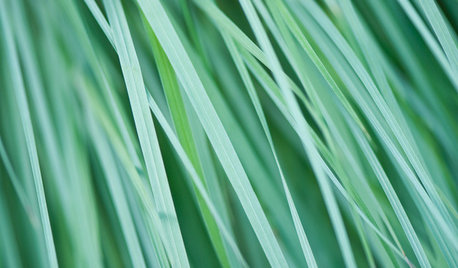
GARDENING GUIDESGreat Design Plant: Little Bluestem Goes Above and Beyond
It thrives in poor soil and provides food and shelter for wildlife. Plus, Schizachyrium scoparium is just a darn pretty native grass
Full Story
HOUSEKEEPINGWhen You Need Real Housekeeping Help
Which is scarier, Lifetime's 'Devious Maids' show or that area behind the toilet? If the toilet wins, you'll need these tips
Full Story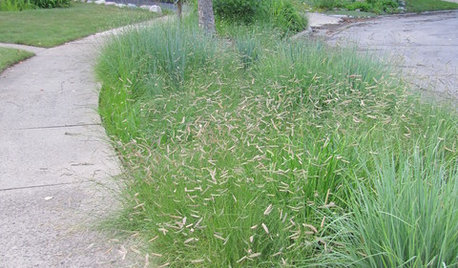
GARDENING GUIDESGreat Design Plant: Bouteloua Gracilis
Resilient blue grama grass thrives in sunny meadows and parking strips in the western U.S.
Full Story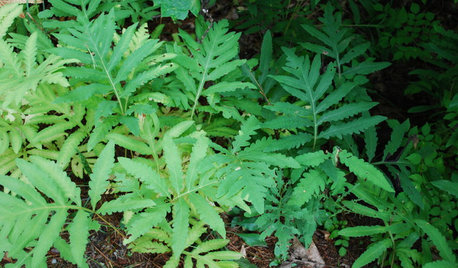
GARDENING GUIDESGreat Design Plant: Sensitive Fern Shows Its Strengths
Wondering what will thrive in your wet, shady garden? It’s Onoclea sensibilis to the rescue
Full Story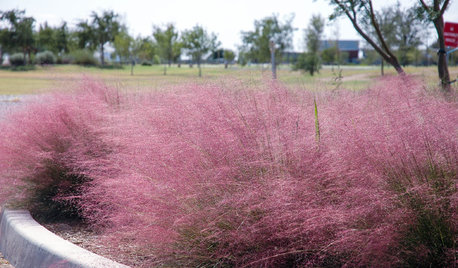
NATIVE PLANTS10 Top Plants Native to the Desert Southwest
Get a thriving garden despite unforgiving conditions with these tough, unthirsty, sun-loving beauties
Full Story








Tiffany, purpleinopp Z8b Opp, AL
tapla (mid-Michigan, USDA z5b-6a)
Related Professionals
Wrentham Landscape Architects & Landscape Designers · Barrington Hills Landscape Architects & Landscape Designers · East Rancho Dominguez Landscape Architects & Landscape Designers · Redondo Beach Landscape Architects & Landscape Designers · Simi Valley Landscape Architects & Landscape Designers · Aurora Landscape Contractors · Springfield Landscape Contractors · Elkridge Landscape Contractors · Forest Hills Landscape Contractors · New Cassel Landscape Contractors · Riverhead Landscape Contractors · Salmon Creek Landscape Contractors · West Haverstraw Landscape Contractors · Shorewood Interior Designers & Decorators · Hillcrest Heights Handymanmarguerite_gw Zone 9a
Ohiofem 6a/5b Southwest OhioOriginal Author
Tiffany, purpleinopp Z8b Opp, AL
Tiffany, purpleinopp Z8b Opp, AL
snappyguy
tapla (mid-Michigan, USDA z5b-6a)
stonesriver
tapla (mid-Michigan, USDA z5b-6a)
stonesriver
stonesriver
tapla (mid-Michigan, USDA z5b-6a)
birdsnblooms
tapla (mid-Michigan, USDA z5b-6a)
greenman28 NorCal 7b/8a
Ohiofem 6a/5b Southwest OhioOriginal Author
stonesriver
tapla (mid-Michigan, USDA z5b-6a)
rhizo_1 (North AL) zone 7
alavoneluvhoya
greenman28 NorCal 7b/8a
tapla (mid-Michigan, USDA z5b-6a)